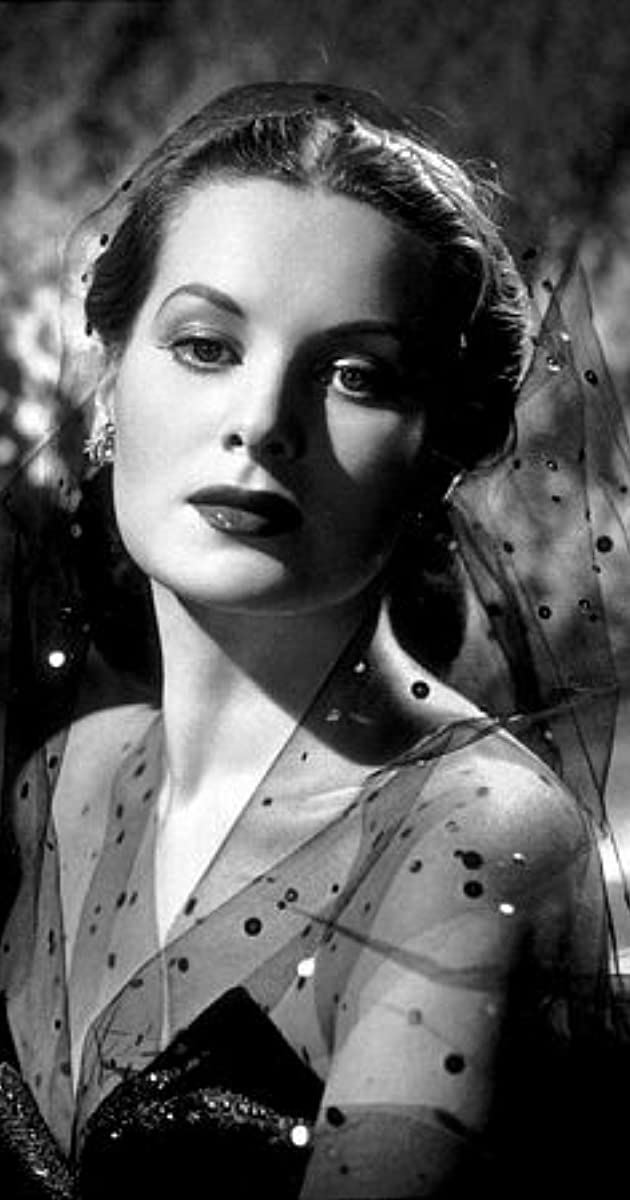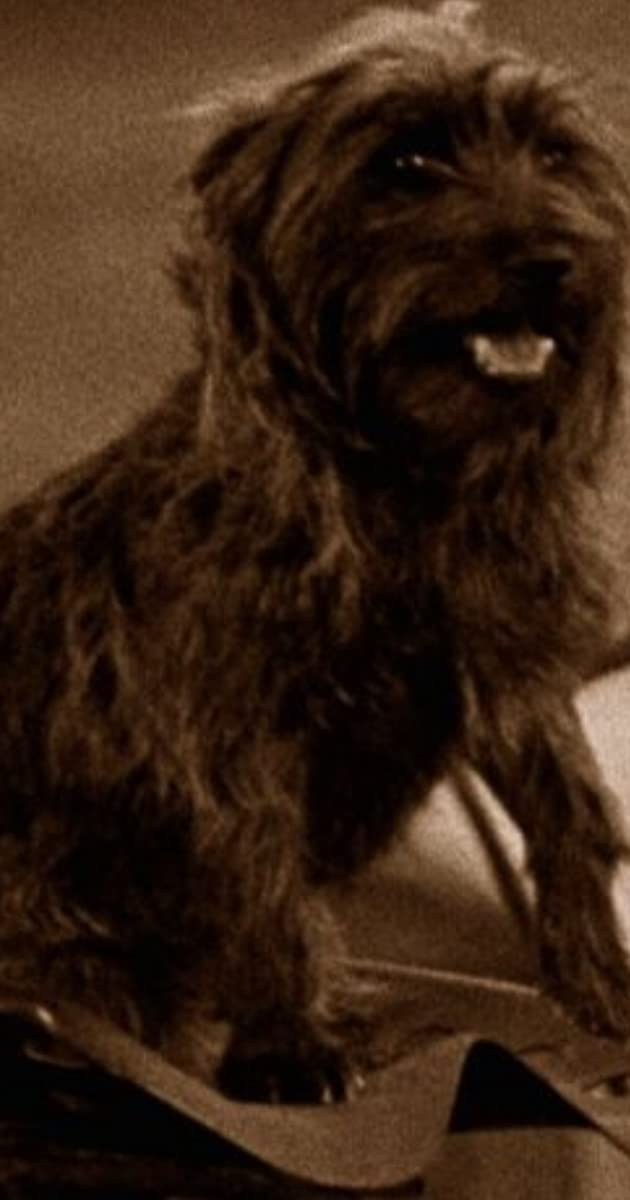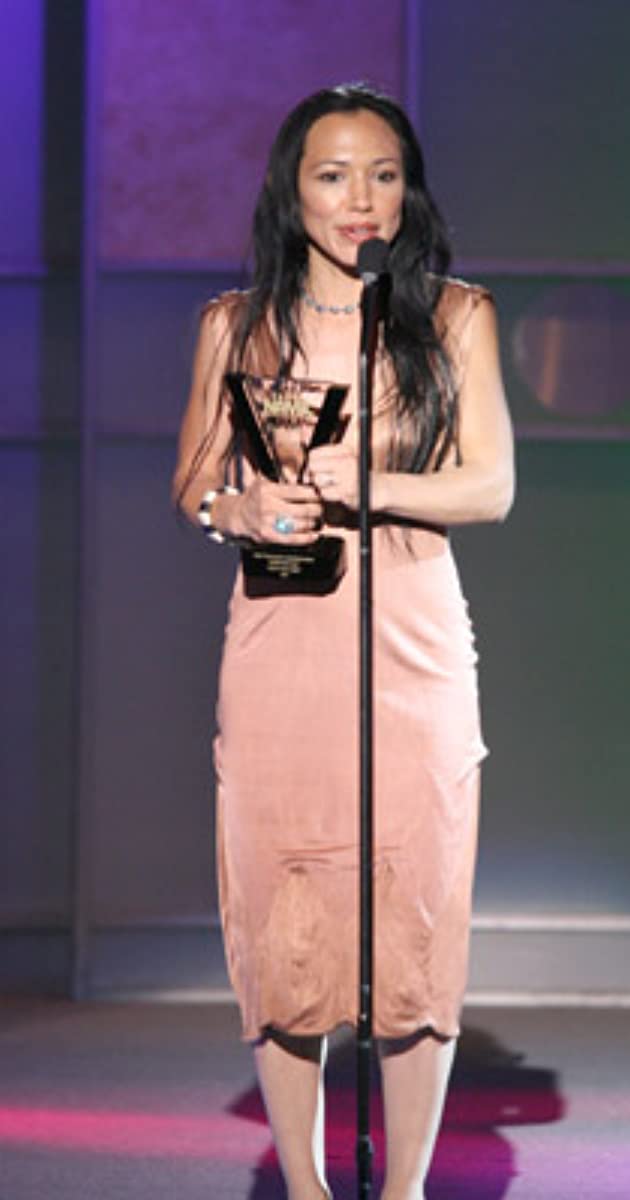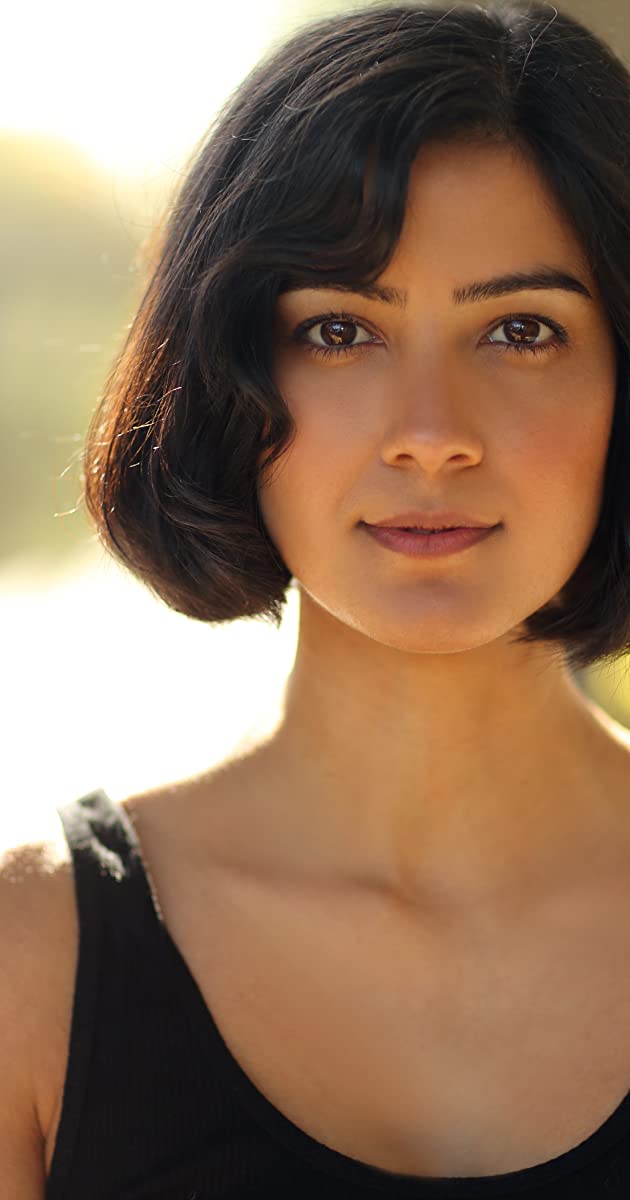
In America, the early performing arts accomplishments of young Maureen FitzSimons (who we know as Maureen O’Hara) would definitely have put her in the child prodigy category. However, for a child of Irish heritage surrounded by gifted parents and family, these were very natural traits. Maureen made her entrance into this caring haven on August 17, 1920, in Ranelagh (a suburb of Dublin), Ireland. Her mother, Marguerita Lilburn FitzSimons, was an accomplished contralto. Her father, Charles FitzSimons, managed a business in Dublin and also owned part of the renowned Irish soccer team “The Shamrock Rovers”. Maureen was the second of six FitzSimons children – Peggy, Florrie, Charles B. Fitzsimons, Margot Fitzsimons and James O’Hara completed this beautiful family.
Maureen loved playing rough athletic games as a child and excelled in sports. She combined this interest with an equally natural gift for performing. This was demonstrated by her winning pretty much every Feis award for drama and theatrical performing her country offered. By age 14 she was accepted to the prestigious Abbey Theater and pursued her dream of classical theater and operatic singing. This course was to be altered, however, when Charles Laughton, after seeing a screen test of Maureen, became mesmerized by her hauntingly beautiful eyes. Before casting her to star in Jamaica Inn (1939), Laughton and his partner, Erich Pommer, changed her name from Maureen FitzSimons to “Maureen O’Hara” – a bit shorter last name for the marquee.
Under contract to Laughton, Maureen’s next picture was to be filmed in America (The Hunchback of Notre Dame (1939)) at RKO Pictures. The epic film was an extraordinary success and Maureen’s contract was eventually bought from Laughton by RKO. At 19, Maureen had already starred in two major motion pictures with Laughton. Unlike most stars of her era, she started at the top, and remained there – with her skills and talents only getting better and better with the passing years.
Maureen has an enviable string of all-time classics to her credit that include the aforementioned “The Hunchback of Notre Dame”, How Green Was My Valley (1941), Miracle on 34th Street (1947), Sitting Pretty (1948), The Quiet Man (1952), The Parent Trap (1961) and McLintock! (1963). Add to this the distinction of being voted one of the five most beautiful women in the world and you have a film star who was as gorgeous as she was talented.
Although at times early in her career Hollywood didn’t seem to notice, there was much more to Maureen O’Hara than her dynamic beauty. She not only had a wonderful lyric soprano voice, but she could use her inherent athletic ability to perform physical feats that most actresses couldn’t begin to attempt, from fencing to fisticuffs. She was a natural athlete.
In her career Maureen starred with some of Hollywood’s most dashing leading men, including Tyrone Power, John Payne, Rex Harrison, James Stewart, Henry Fonda, Brian Keith, Sir Alec Guinness and, of course, her famed pairings with “The Duke” himself, John Wayne. She starred in five films with Wayne, the most beloved being The Quiet Man (1952).
In addition to famed director John Ford, Maureen was also fortunate to have worked for some other great directors in the business: Alfred Hitchcock, William Dieterle, Henry Hathaway, Henry King, Jean Renoir, John M. Stahl, William A. Wellman, Frank Borzage, Walter Lang, George Seaton, George Sherman, Carol Reed, Delmer Daves, David Swift, Andrew V. McLaglen and Chris Columbus.
In 1968 Maureen found much deserved personal happiness when she married Charles Blair. Gen. Blair was a famous aviator whom she had known as a friend of her family for many years. A new career began for Maureen, that of a full-time wife. Her marriage to Blair, however, was again far from typical. Blair was the real-life version of what John Wayne had been on the screen. He had been a Brigadier General in the Air Force, a Senior Pilot with Pan American, and held many incredible record-breaking aeronautic achievements. Maureen happily retired from films in 1973 after making the TV movie The Red Pony (1973) (which won the prestigious Peabody Award for Excellence) with Henry Fonda. With Blair, Maureen managed Antilles Airboats, a commuter sea plane service in the Caribbean. She not only made trips around the world with her pilot husband, but owned and published a magazine, “The Virgin Islander”, writing a monthly column called “Maureen O’Hara Says”.
Tragically, Charles Blair died in a plane crash in 1978. Though completely devastated, Maureen pulled herself together and, with memories of ten of the happiest years of her life, continued on. She was elected President and CEO of Antilles Airboats, which brought her the distinction of being the first woman president of a scheduled airline in the United States.
Fortunately, she was coaxed out of retirement several times – once in 1991 to star with John Candy in Only the Lonely (1991) and again, in 1995, in a made-for-TV movie, The Christmas Box (1995) on CBS. In the spring of 1998, Maureen accepted the second of what would be three projects for Polson Productions and CBS: Cab to Canada (1998) – and, in October, 2000, The Last Dance (2000).
On November 4, 2014 Maureen was honored by a long overdue Oscar for “Lifetime Achievement” at the annual Motion Picture Arts and Sciences Governors Awards.
Maureen O’Hara was absolutely stunning, with that trademark red hair, dazzling smile and those huge, expressive eyes. She has fans from all over the world of all ages who are utterly devoted to her legacy of films and her persona as a strong, courageous and intelligent woman.


